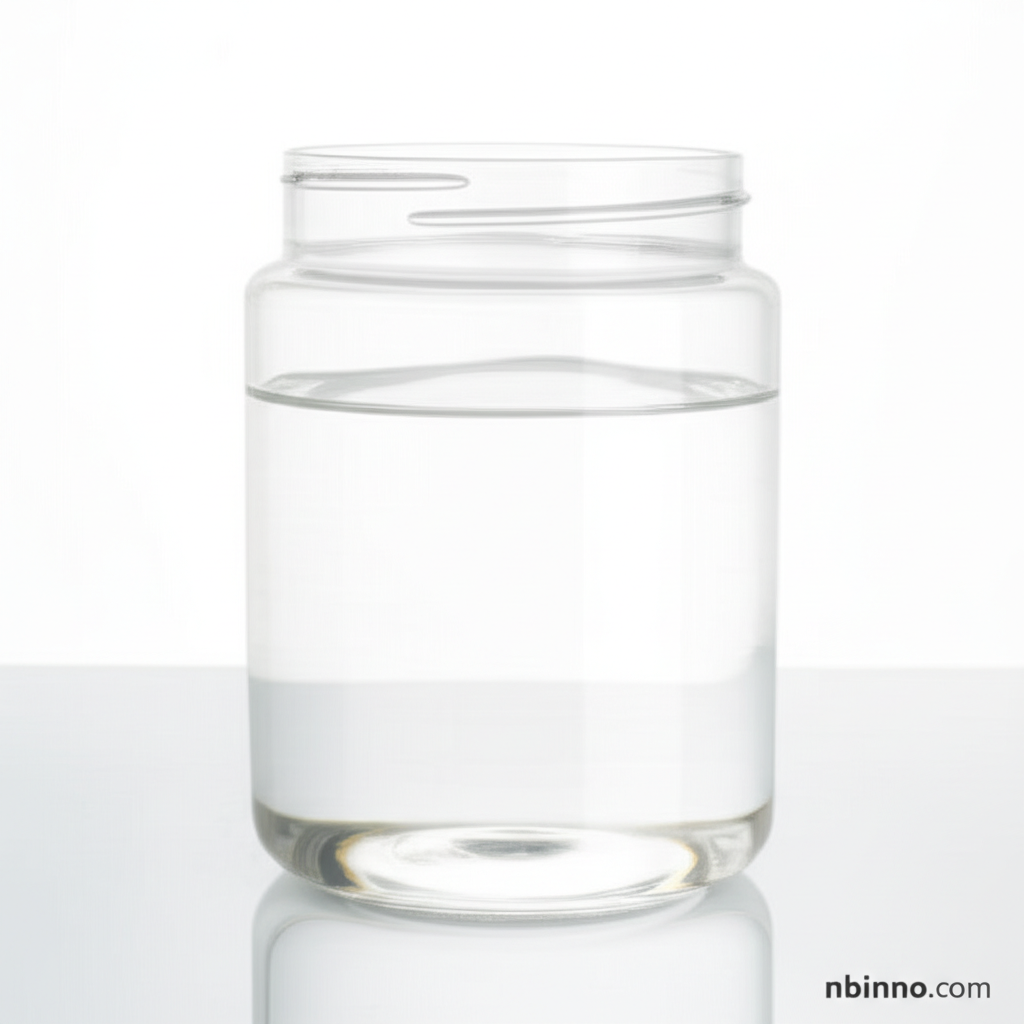Exploring Tri-iso-octyl Phosphate (TOP): Properties and Applications
Discover the versatility of CAS 78-42-2: a key plasticizer, flame retardant, and industrial solvent.
Get a Quote & SampleProduct Core Value

Tri-Iso-Octyl Phosphate
Tri-iso-octyl phosphate (TOP) is a colorless, transparent oily liquid widely recognized for its dual role as a high-performance plasticizer and an effective flame retardant. Its unique chemical structure and properties make it indispensable in various industrial applications, particularly where enhanced durability and safety are paramount.
- As a plasticizer, tri-iso-octyl phosphate imparts excellent low-temperature flexibility to polymers, making it ideal for applications like military-grade PVC products that must withstand extreme conditions.
- The flame retardant properties of tri-iso-octyl phosphate significantly enhance the safety of materials like PVC and synthetic rubber, reducing flammability risks in finished goods.
- Its low volatility and good extraction distribution coefficient make it a preferred solvent for producing hydrogen peroxide via the anthraquinone process, a critical industrial chemical synthesis.
- Tri-iso-octyl phosphate also serves as a catalyst in the production of phenolic and urea resins, contributing to the efficiency and quality of these polymerizations.
Key Advantages
Enhanced Low-Temperature Flexibility
TOP provides superior cold resistance compared to adipate esters, ensuring that materials remain pliable and functional even in freezing temperatures, a critical factor for many industrial chemical applications.
Superior Flame Retardancy
As a flame retardant plasticizer, TOP offers significant safety benefits, particularly for polymers like PVC and cellulose nitrate, contributing to fire-resistant end products.
Processing Efficiency in H2O2 Production
Its ideal characteristics as a solvent in the production of hydrogen peroxide highlight its role in efficient chemical synthesis, benefiting the overall hydrogen peroxide solvent market.
Key Applications
Polymer Plasticization
TOP is used as a plasticizer for polyvinyl chloride (PVC), cellulose nitrate, and synthetic rubbers, imparting flexibility and durability, crucial for PVC plasticizer needs.
Hydrogen Peroxide Synthesis
It acts as a processing solvent in the anthraquinone process for producing hydrogen peroxide, leveraging its low volatility and excellent extraction capabilities, essential for hydrogen peroxide production agents.
Flame Retardant Formulations
TOP serves as a fire-retarding plasticizer, enhancing the safety profile of various materials, a key attribute for flame retardant chemicals.
Resin Catalysis
It functions as a catalyst in the production of phenolic and urea resins, contributing to the manufacturing of these widely used industrial materials.
